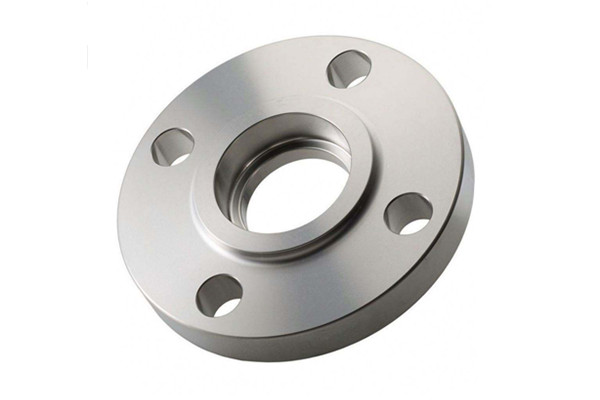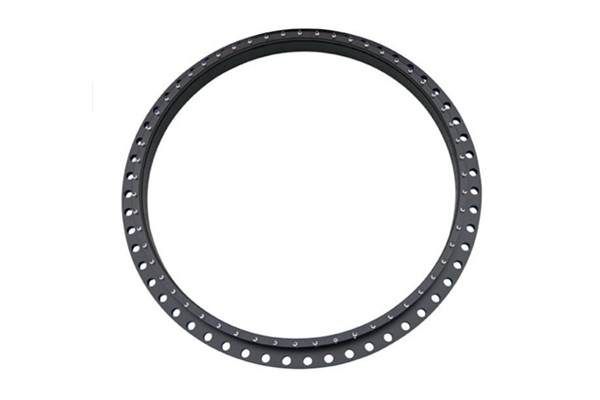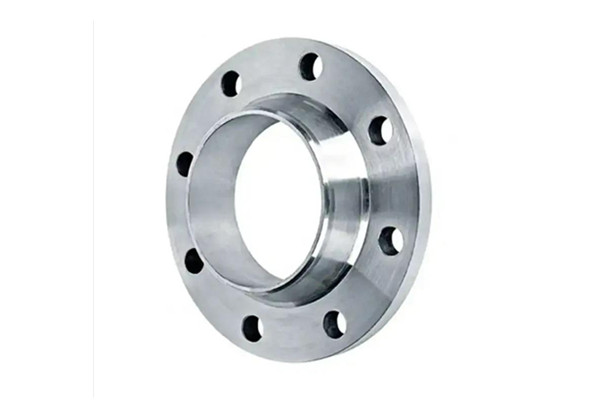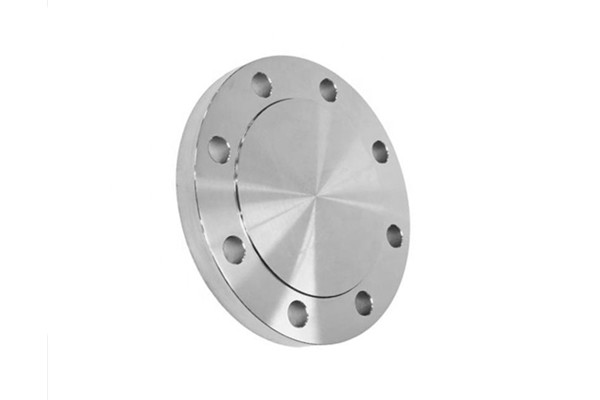A less common but equally effective flange connection style, the socket weld flange requires less total available space than the traditional weld neck flange and has a countersunk hole in the center to allow the pipe to be cleanly welded into the socket.
These pipes are usually available in smaller nominal sizes and are an excellent alternative to butt weld neck and slip-on fittings when necessary. Socket welds are an option when assembly space is limited and pressure ratings are relatively low, fluids are non-corrosive, or for very high temperature applications.
These socket flanges are connected to square end pipe by a fillet weld at the ID of the socket hub because the pipe is designed to fit nearly flush with the flange's counterbore. The expansion gap between the pipe end and the counterbore leaves just enough room for the welder to adjust the pipe at the connection. It is important to note that matching a butt weld pipe connection to a socket counterbore connection is not recommended if a square end pipe connection can be made.
Kingrail Parts carries a large inventory of socket weld flanges, most of which are carbon steel and stainless steel flanges in sizes 6 inches and below. For larger nominal sizes, it is safe to assume that a socket weld flange will be custom made for your application, as larger size pipe assemblies typically require either a slip-on or neck weld connection.




